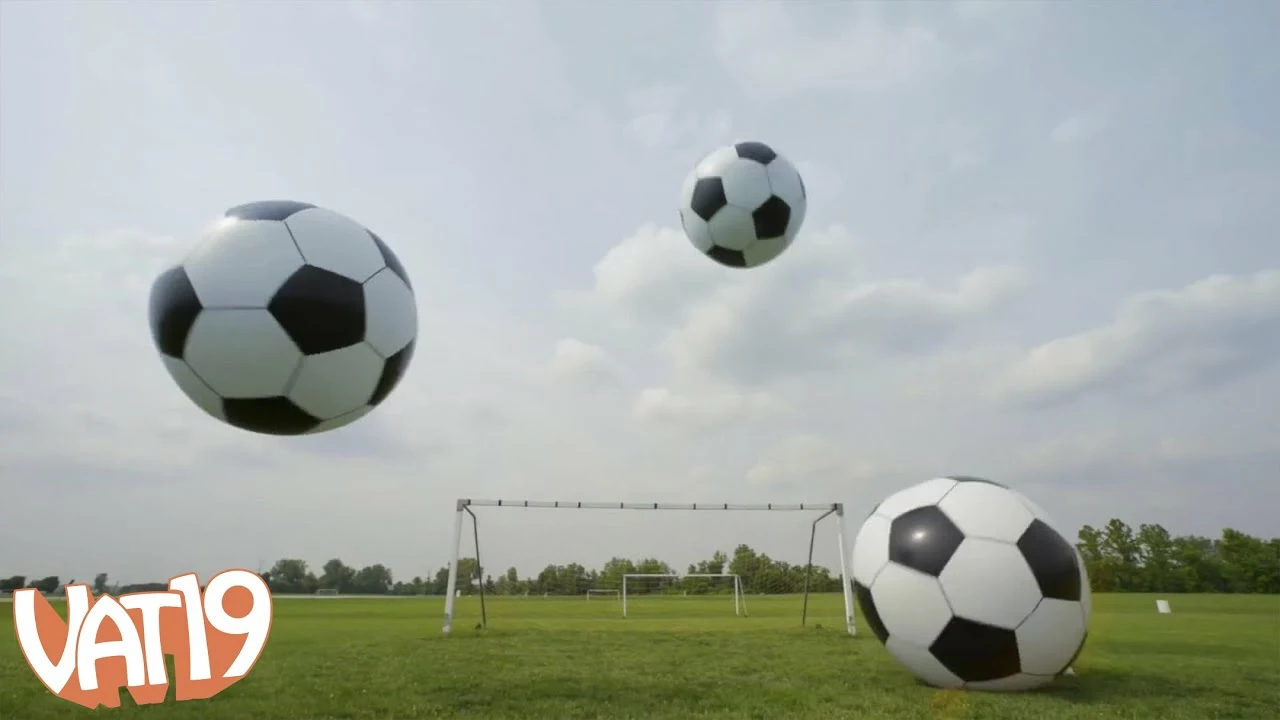April 2023 Soccer Archive – Big Goal Sportive
April was a busy month for soccer fans. We answered quirky "what‑if" questions, broke down league finances, and gave you a peek at how pros train. If you missed any of the posts, here’s a quick rundown of what we covered.
Top Stories from April
Will a soccer ball go farther filled with helium or air? – We compared helium and regular air, explaining why the lighter gas lets the ball travel a bit farther in calm conditions.
Is MLS Soccer profitable? – A straight‑forward look at MLS’s revenue streams, salary caps, and expansion fees, showing why the league is inching toward sustainable profit.
What are soccer games called? – A fast guide to the many names for the sport around the world, from "football" to "futbol" and the terms used for individual matches.
Is the shape of a ball the same for football, soccer and rugby? – We cleared up the confusion about ball shapes, sizes, and weights across the three codes.
Why is Football more popular than Soccer in US? – Two complementary pieces explored cultural, physical, and media factors that keep American football ahead of soccer in the States.
Have any women's soccer teams beaten a men's soccer team? – Yes, we highlighted a few exhibition wins, showing that with the right preparation women can compete head‑to‑head with men.
Should I quit soccer just because I can't find the right team? – We weighed the pros and cons of staying in the game, suggesting alternatives like pick‑up matches or recreational leagues.
How do pro soccer players train? – A behind‑the‑scenes look at the blend of conditioning, technical drills, tactical work, nutrition, and recovery that keeps pros at peak performance.
Why These Articles Matter
Each post tackles a question you probably asked yourself while watching a match or scrolling through social media. Whether you’re curious about the science behind a ball’s flight or the business side of MLS, the articles give you clear, bite‑size answers without the jargon.
We also tried to spark conversation. The women’s‑vs‑men’s match story, for instance, invites you to think about gender equity in sport, while the helium‑ball experiment encourages a fun weekend test with friends.
And if you’re an aspiring player, the training breakdown shows exactly what a pro’s week looks like, helping you design a realistic routine for your own level.
All of these pieces were written by fans who love the game as much as you do. That’s why we keep the tone casual, the facts solid, and the takeaways useful.
Ready to dive deeper? Click on any headline above to read the full story, and feel free to leave a comment with your own thoughts or questions. We’ll keep adding fresh content so you never miss the next big goal in soccer.

Will a soccer ball go farther filled with helium or air?
This article will explore whether a soccer ball will travel farther when filled with helium or air. In order to understand the answer, it's important to consider the properties of helium and air, and how each affects the ball's flight. Helium is a lighter gas than air, which means it will provide less resistance and help the ball to move more quickly. On the other hand, air is denser and will provide more resistance, slowing the ball's flight. Therefore, a soccer ball filled with helium will generally travel farther than a soccer ball filled with air. It is also important to consider the environment in which the soccer ball is released. If air is still and the ball is released in a windless environment, the ball filled with helium will have an even greater advantage and may be able to travel even farther.
View More